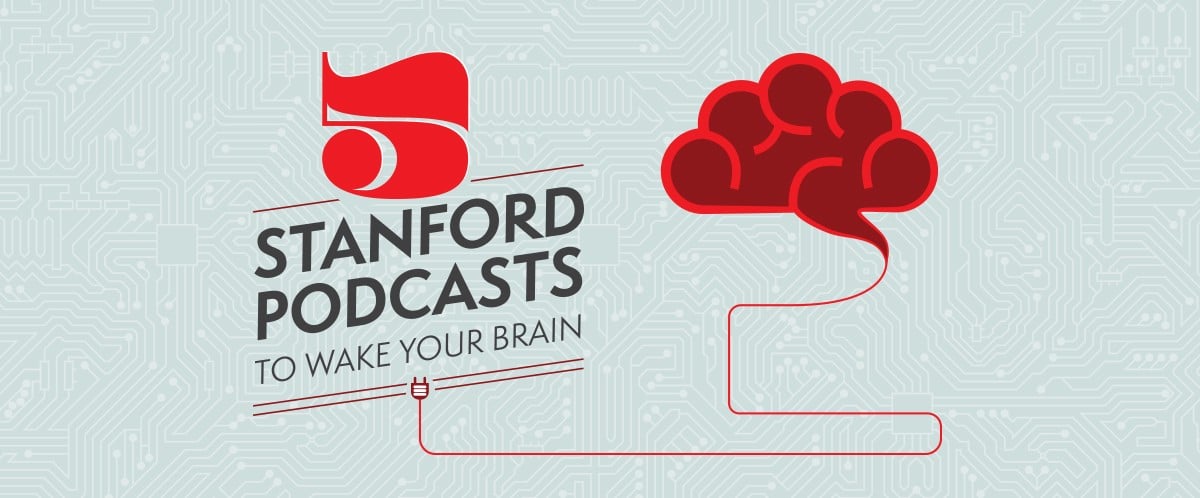Last month the Stanford Alumni Association (SAA) released their first podcast list, “Podcasts to Wake Your Brain,” featuring five podcasts produced by Stanford organizations meant to spark listeners’ thinking.

Podcast topics range from punk rock to Disney to sex in the Victorian era. The medley highlights a range of University and campus groups, from Stanford Magazine to the Stanford Storytelling Project, that are using the increasingly pervasive audio storytelling medium.
Summer Batte ’99, director of digital content at SAA and the curator of “Podcasts to Wake Your Brain,” launched the podcast collection as the beginning of a potential series. Geared towards alumni, the podcasts are meant to allow alumni to continue learning even after they leave Stanford classes behind.
“Podcasts offer a different way for people to engage with what is going on at Stanford as opposed to print ways to read things and digital articles,” Batte said.
Featured podcasts
SAA’s five featured Stanford podcasts figuratively “wake the brain” by inviting deep thought and showing listeners new ways to view the world, according to Batte.
“For us, it felt like waking your brain conveyed that kind of refreshing feeling that we wanted alums to get from listening to this,” Batte said.
Worldview Stanford, which encourages interdisciplinary learning for alumni, produced two of the five selected podcasts, “The Nature of Disney” and “Episode 11: So… What’s on Your Mind.” “The Nature of Disney” examines social statements implied by Disney animators, while “Episode 11” discusses what tweets and texts say about health.
The Stanford Storytelling Project produced “Believing,” which tells five anecdotes about perseverance. Stanford Magazine produced “Sex Scholar, ” which explores a Victorian era Stanford professor’s surveys on the sexual habits of Victorian women.
Another magazine, Stanford Social Innovation Review, created “Embracing Your Inner Punk Rock to Change the World” as part of a podcast series called “The Social Disruptors.” The podcast connects punk rock to social entrepreneurship, seeking to show the importance of bold, unconventional action in both areas.
Behind the scenes
Creating a single podcast can take hours of work, said Leslie Chang ’12, producer and co-host of “Raw Data” and “Generation Anthropocene,” two Worldview Stanford podcast shows. Each podcast requires extensive research, long interviews, exhausting recording and writing sessions and substantial editing, according to Chang. However, Chang said the challenges of producing a podcast go beyond time constraints.
“Science and technology issues [like the ones in ‘Raw Data’ and ‘Generation Anthropocene’] can be complicated and hard to communicate,” Chang said. “Simplifying [podcasts] so that the listener can follow you step by step —but not dumbing it down too much and still making it interesting for people to listen to — can be difficult.”
Initiatives like SAA and Stanford Out Loud, the Stanford Magazine podcast, are beginning to pick up podcasts as a new way to attract and engage viewers, said Stanford Magazine editor and Stanford Out Loud host Kevin Cool.
Three of the five podcasts featured by SAA have already garnered over 1000 plays on Soundcloud, an audio sharing platform.
“People love hearing . . . stories in a human voice,” Cool said. “It adds warmth and texture and color, and the actual telling of them with a voice brings a different dimension to a story than if you are just reading it.”
Contact Rebecca Mak at rmakca ‘at’ gmail.com.
